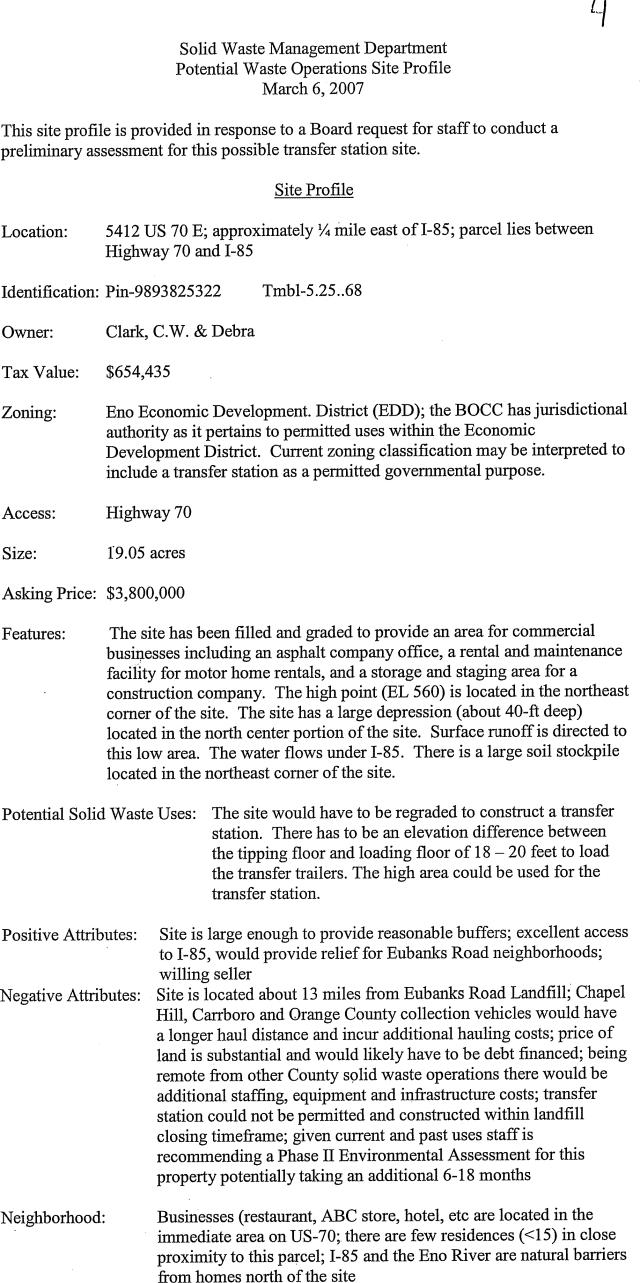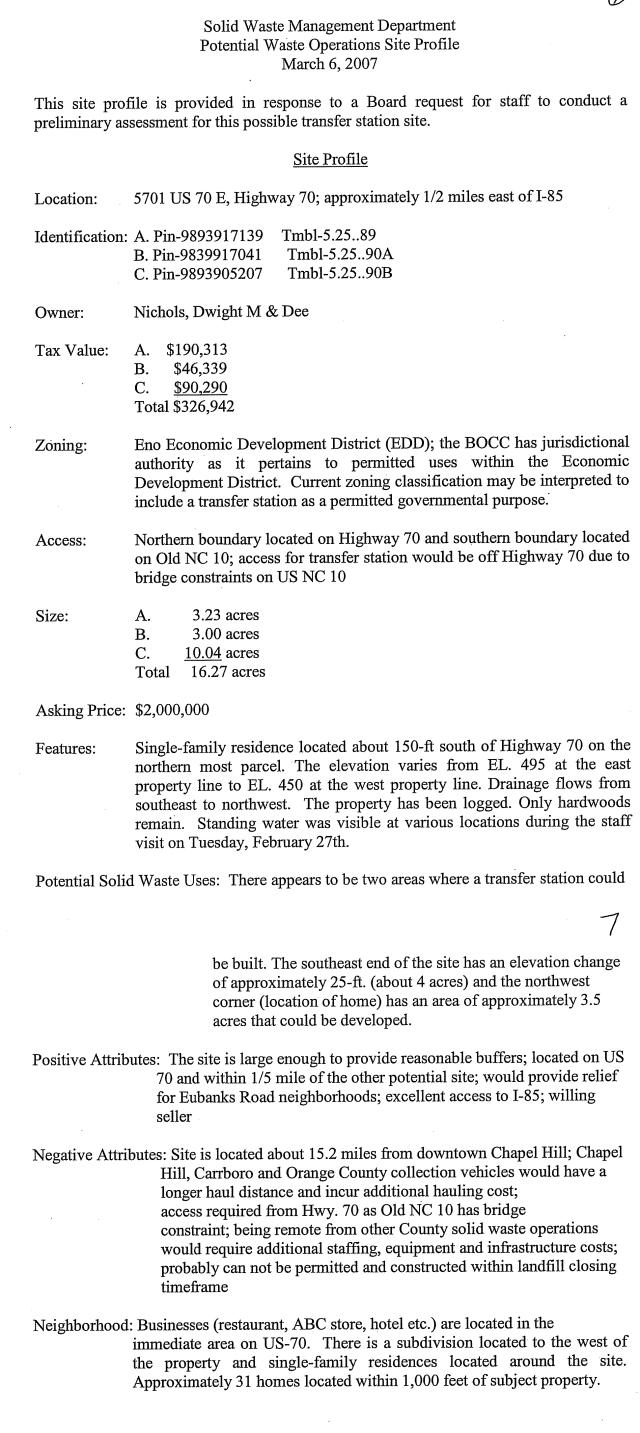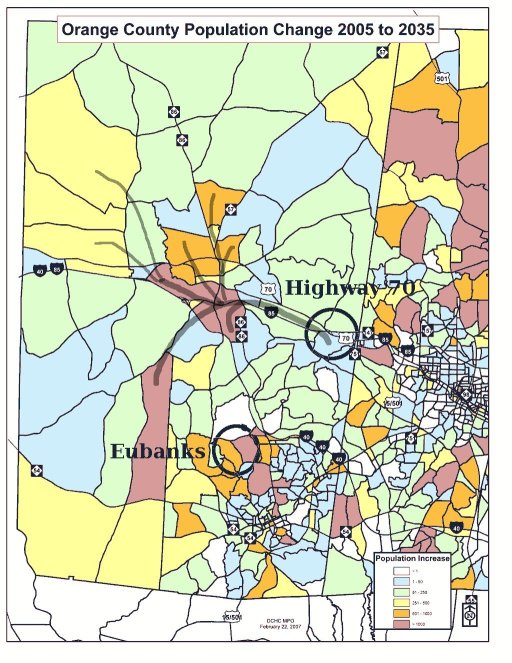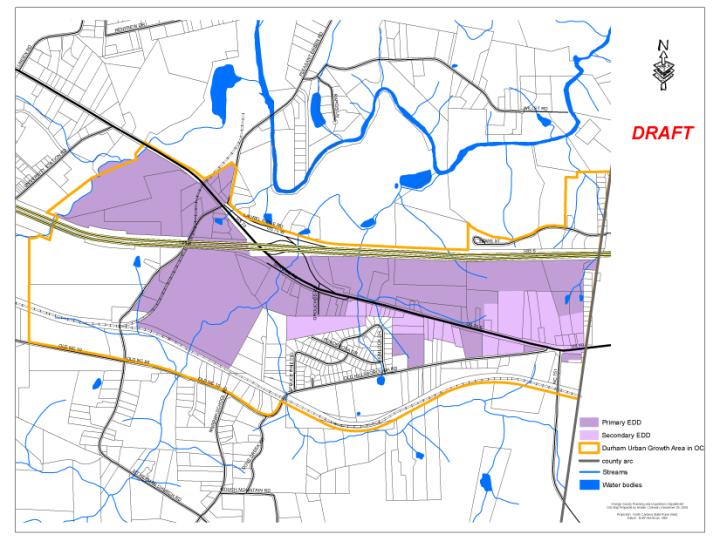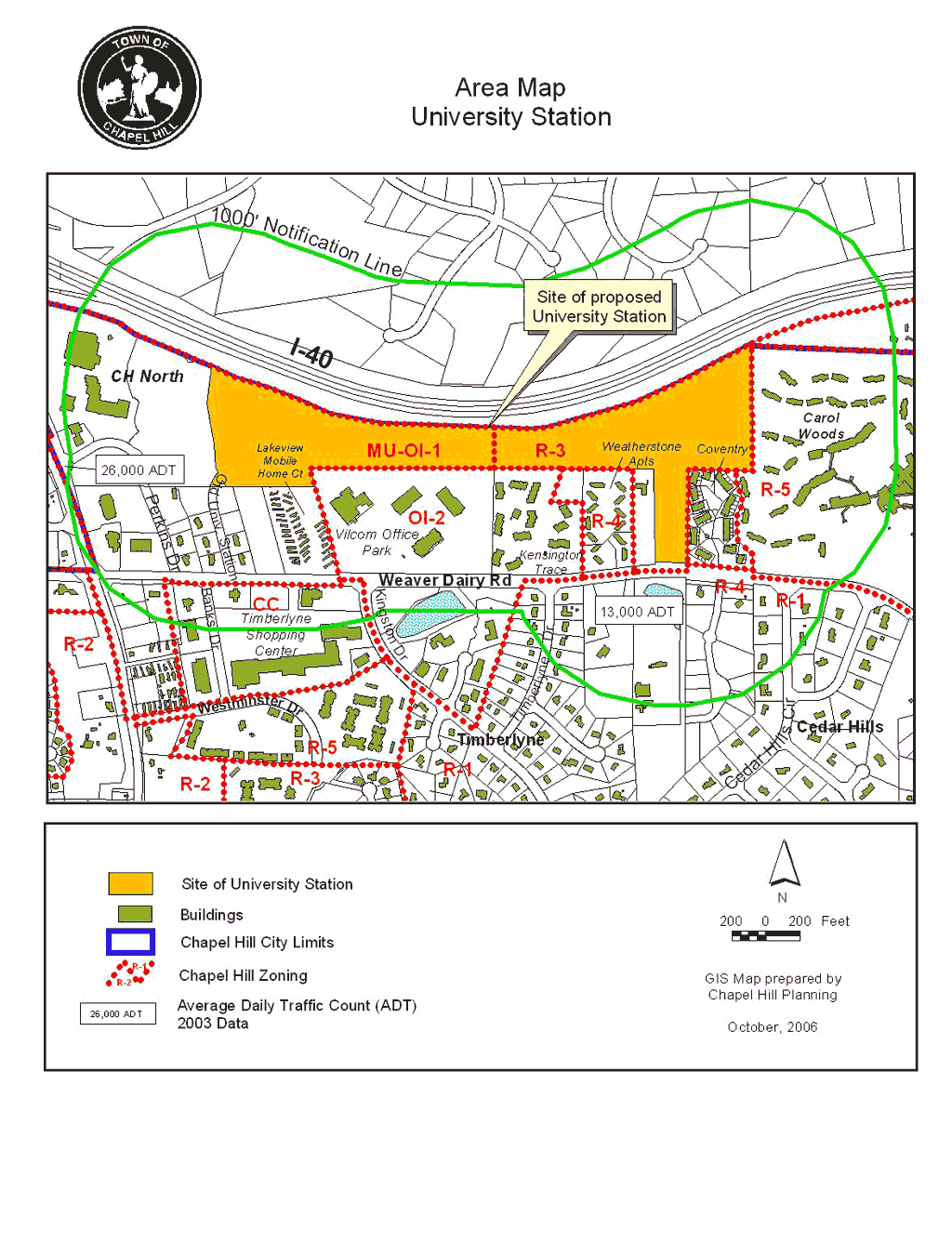One of the “planks” I ran on for Town Council involved inculcating a conservationist ethic within our local government. Besides practicing energy efficiency (Leather Seated SUVs), I suggested we could start using both energy recovery and decentralized energy production technologies to help make our Town’s operations more sustainable and economical.
One such technology is methane recovery.
To quote EPA (links via LocalEcology’s Terri Buckner):
EPA created the Landfill Methane Outreach Program (LMOP) in 1994 to significantly reduce methane emissions from municipal solid waste (MSW) landfills by encouraging the use of landfill gas (LFG) for energy, which has the added benefit of offsetting the use of fossil fuels such as coal and natural gas. Since the program’s inception, LMOP’s efforts have reduced landfill methane emissions by nearly 21 million metric tons of carbon equivalent (MMTCE). The greenhouse gas reduction benefits are equivalent to having planted 21.2 million acres of forest or removed the annual emissions from 14.9 million vehicles.
EPA is interested in developing LFG energy for many reasons:
- Projects help destroy methane, a potent heat-trapping gas, and offset the use of non-renewable resources such as coal, natural gas, and oil.
- There are many cost-effective options for reducing methane emissions while generating energy. (To learn more about the economic feasibility of a LFG energy project, see LFGcost-Web under Documents, Tools, and Resources.)
- Projects help reduce local air pollution.
- Projects create jobs, revenues, and cost savings.
Of the 2,300 or so currently operating or recently closed MSW landfills in the United States, about 380 have LFG utilization projects. We estimate that approximately 600 more MSW landfills could turn their gas into energy, producing enough electricity to power over 900,000 homes.
Landfill gas emitted from decomposing garbage is a reliable and renewable fuel option that remains largely untapped at many landfills across the United States, despite its many benefits. Generating energy from LFG creates a number of environmental benefits:
Municipal solid waste landfills are the largest human-generated source of methane emissions in the United States, releasing an estimated 38 MMTCE to the atmosphere in 2004 alone. Given that all landfills generate methane, it makes sense to use the gas for the beneficial purpose of energy generation rather than emitting it to the atmosphere. Methane is a very potent greenhouse gas that is a key contributor to global climate change (over 21 times stronger than CO2). Methane also has a short (10-year) atmospheric life. Because methane is both potent and short-lived, reducing methane emissions from MSW landfills is one of the best ways to achieve a near-term beneficial impact in mitigating global climate change.
It is estimated that a LFG project will capture roughly 60-90% of the methane emitted from the landfill, depending on system design and effectiveness. The captured methane is destroyed (converted to water and the much less potent CO2) when the gas is burned to produce electricity.
Another idea was to use Orange County’s bio-mass waste stream to produce bio-fuels. One of the great thing about attributes of these technologies is that you can start small with pilot projects and build on your success. No million dollar upfront investment required.
Unfortunately, Orange County believes it to be too expensive:
Rod Visser said that this topic has been of interest to the Board for some time in terms of looking into the feasibility of extracting energy from a landfill from methane gas and how might this be used, etc. The staff asked the consulting engineer to provide a brief analysis.
Gayle Wilson said that they looked at three energy recovery options:• Producing energy either through micro-turbines or internal combustion engines
• Extraction of dirty gas and delivery to a nearby industrial use
• Capturing the gas and processing it to upgrade it and selling it, or putting it into a gas company lineHe said that the only two options that the consultant thought were feasible were the high grade BTU pipeline gas or the creation of electricity through micro-turbines or internal combustion engines. He said that the landfill gas recovery process requires a balance of maximizing the amount of electricity produced with the generation ability. The old landfill on the north side is probably not worth pursuing for this. The only one with potential is the new landfill on the south side. The consultants did not seem to believe that there is an economically viable gas energy project. When the staff asked about the new schools planned in the future as well as a new animal shelter, the consultants said that they could do a more focused analysis of providing energy to one or more of those facilities.
The analysis that was done looked at three options and none broke even. Some of the costs were steep and the County would have to invest in a collection system. He said that if the County Commissioners want them to pursue this further, they would need additional information on the facilities and the energy demands.
Commissioner Halkiotis said that it would be nice to explore a micro-turbine providing electricity for the Solid Waste administration building. He would also like to explore this possibility for the schools and the animal shelter.
Chair Jacobs said that there is a critical mass of needs in this area and for them to talk to Steve Scroggs of CHCCS because they are going to operate on a quick timeframe for a new school. He would like to do some additional analyses.
Commissioner Halkiotis said that it might be good to plan on a transfer hookup for a possible micro-turbine machine in design of buildings.
BOCC Minutes, 03/15/2006 [PDF]
But UNC thinks pursuing the idea worthwhile as Commissioner Alice Gordon reported to the BOCC April 4th, 2006:
Commissioner Gordon said that she went to the first Air Quality Advisory Committee meeting and they reviewed how they wanted to reduce greenhouse gases. After the meeting, a representative from UNC spoke to her about the University being interested in purchasing methane gas from the landfill on Eubanks Road. She asked that the County investigate this possibility.
The County’s staff reported back to the BOCC Oct. 24th, 2006 [PDF] explaining the methane recovery options for the Eubanks landfill.
[ Please excuse the formatting, the original is a PDF. I’m looking for the original Powerpoint. ]
a) Landfill Gas Opportunities
Gayle Wilson introduced Bob Sallack of Olver, Inc. Bob Sallack is performing the feasibility analysis for landfill gas and he made a PowerPoint presentation.
LANDFILL GAS RECOVERY STATUS REPORT
Previous Conclusions:
– Based upon current electric rates, the sale of electricity alone will not support development of a Eubanks Road LFG recovery project
– Cogeneration is required to make an LFG recovery project more attractive
o Cogeneration generation of electric power and recovery of waste heat from electric power generation equipment
o Coincident user need for electric power and thermal energy
o Thermal energy (heating)
Microturbine Technology
– Small combustion turbine 25 kW to 400 kW capacity units
– Compact size
– Modular can be brought online quickly
– Less maintenance fewer moving parts
– Multi-fuel flexibility can burn LFG, natural gas, etc.Cogeneration Opportunities
– Eubanks Road Project
o Solid Waste Operations Center
o Animal Shelter
o Possible Transfer Station
o Auxiliary Site Use
o Elementary School
– Carolina North Project
o Multi Building campus Development (8,251,000 GSF)
Eubanks Road User Energy Demands and Energy Balance graphs
Eubanks Road System Components
– LFG Extraction Wells and Collection System (South Eubanks MSWLF)
– Blower and Flare Station (South Eubanks MSWLF)
– Moisture Removal and Compressor Station (S
Eubanks Road Economic Evaluation
Energy Sales and Avoided Costs $168,100
Energy Production Costs $276,700
Renewable Energy Cost ($108,600)Eubanks Road Status
– Preliminary Economic Assessment
o Estimated Costs exceed Revenues and Avoided Costs ($108,600)
o Economics Negatively Impacted by Low Thermal Energy Demands of Primary UsersEubanks Road Key Action Items
– Refine Energy Demands
o Animal Shelter
o School– Assess Economic Impact of Public/Private Partnership Options
o Maximize Green Power and Energy Credit BenefitsEnergy Demand Comparison graph
Carolina North System Components
– LFG Extraction Wells and Collection System (North and South Eubanks MSWLFs)
– Blower and Flare Station (North and South Eubanks MSWLFs)
– Moisture Removal an
Carolina North Energy Summary
Carolina North Economic Evaluation
Energy Sales and Avoided Costs $507,400
Energy Production Costs $506,700
Renewable Energy Cost $0Carolina North Status
– Preliminary Economic Assessment
o Economically Viable Breakeven given Current Assumptions
o Must Maximize Cogeneration Energy Production and Usage
o Delays in Carolina North Development TimelineEconomic Feasibility Time Dependent Decline in LFG Generation Rates
– Environmental Benefits
o Green Power/Energy Conservation
o LFG Emission Control at Landfills– Economic Proforma Submitted to University for Review
Carolina North Key Action Items
– Finalize Economic Proforma
– Establish Energy Contract Framework
– Conduct LFG Testing Program
– Finalize Implementation Plan
Renewable Energy Incentives
– Public Sector
o Energy Improvement Loan Program (EILP) – $500,000; 1% Interest; 10-Year Maximum Term
o NC GreenPower Production Incentive RFP Procurement Process; $0.015- 0.019/kWh
Renewable Energy Incentives– Private Sector
o Renewable Energy Equipment Manufacturer Incentive; 25% of Construction (equal installments over 5 years)
o Renewable Energy Tax Credit; 35% of Construction (equal installments over 5 years); $2,500,000 per installation
o Energy Improvement Loan Program
o NC GreenPower Production IncentiveChair Jacobs asked if the Chapel Hill operations center was considered and Gayle Wilson said that the infrastructure is already present there, but it could be considered. Bob Sallack said that the only thing that could happen there is the sale of electricity.
Commissioner Carey asked about the timeline for the economic proforma. Bob Sallack said that the University has a proforma, but there is no timeline for feedback yet.
Gayle Wilson said that the County is somewhat at the mercy of the University.
Chair Jacobs said that groups are being put together to study infrastructure the first and second weeks of November. He said that he does not think that building will begin until 2009.Commissioner Carey asked about the estimated cost of equipment to make this work.
Bob Sallack said that the capital cost for the Eubanks Road project is $2.5 million and for the
Carolina North project is $5 million.Chair Jacobs asked about the $500,000 and if this was total or annual and it was answered annual for 30 years.
Chair Jacobs said that this is to be taken as information. Gayle Wilson said that the staff would come back with the final report as soon as they get information from the University.
The projections in this preliminary report seem underweighted on the benefit-side and over-weighted on the cost-side. And there’s a few curious omissions, like the Section 45 and Section 29 ($0.009 per kWH) tax federal tax credits and the sale of CO2 as incentives to form a private/public partnership.
Still, a good start to build upon. As the methane fritters away, I hope we don’t have too long of a wait on UNC.
